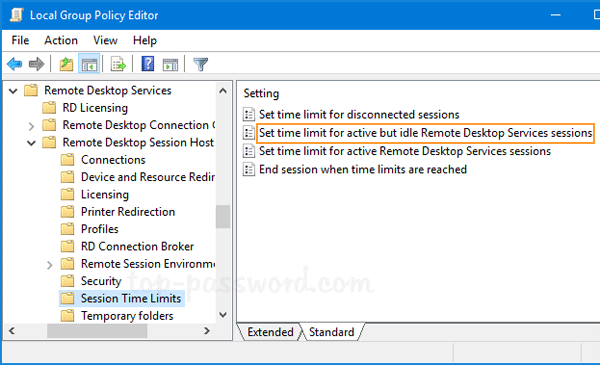

In the Settings window, click on System, and then from the left panel, click on Display.Alternatively, using your keyboard, simultaneously pressWindows + I. Using Windows Settings, you can also turn off or on Windows 10 auto-brightness. How to Turn On or Off Auto-Brightness on Windows 10 from Settings Lastly, save the changes by clicking on Apply and then on Ok.Under the expanded Display options, expand Enable adaptive brightness, and then select the Off option for both On battery and Plugged in.Scroll down to Display and extend/expand it.Open the Power Options dialog by clicking on Change advanced power settings.This will open the Edit Plan Settings window. On the left pane under Power Options, select and click on Choose when to turn off the display option.You may also right-click on the battery icon in the system tray, and click Power Options to open the same. Alternatively, you can navigate to the Control Panel then go to Hardware and Sound > Power Options. From the results that appear, click on Power & sleep settings to open it.
 Navigate to the Start menu and type power options in the search bar. Here is a quick and convenient guide on how to enable or disable the auto-brightness on Windows 10: You can turn off the Windows 10 adaptive brightness feature from the power option, the settings option, or Windows Services. Turning On and Off Auto-Brightness in Windows 10 However, most users prefer to adjust their screen brightness manually rather than use the Windows adaptive brightness feature. This, in turn, prevents the screen from always being bright thus minimizing your computer’s power usage. The good news is that ActiveExit now works much better performing the main function it was designed for: to automatically log off users after a period of their inactivity.In Windows 10, auto-brightness functions by adjusting the screen’s brightness based on the light perceived from your surroundings. If you were relying on ActiveExit for such functions, hold on to the previous version that you already have. You will notice many differences: we’ve simplified the user interface and removed many secondary functions, such as the allowed use schedule, the password protection, the taskbar icon, and so on. If you’ve used an older version of ActiveExit, and are considering an upgrade, you may want to review the new User’s Guide to see what ActiveExit is now. This is a complete rewrite of this software. A new version 10.8 of ActiveExit is available now!
Navigate to the Start menu and type power options in the search bar. Here is a quick and convenient guide on how to enable or disable the auto-brightness on Windows 10: You can turn off the Windows 10 adaptive brightness feature from the power option, the settings option, or Windows Services. Turning On and Off Auto-Brightness in Windows 10 However, most users prefer to adjust their screen brightness manually rather than use the Windows adaptive brightness feature. This, in turn, prevents the screen from always being bright thus minimizing your computer’s power usage. The good news is that ActiveExit now works much better performing the main function it was designed for: to automatically log off users after a period of their inactivity.In Windows 10, auto-brightness functions by adjusting the screen’s brightness based on the light perceived from your surroundings. If you were relying on ActiveExit for such functions, hold on to the previous version that you already have. You will notice many differences: we’ve simplified the user interface and removed many secondary functions, such as the allowed use schedule, the password protection, the taskbar icon, and so on. If you’ve used an older version of ActiveExit, and are considering an upgrade, you may want to review the new User’s Guide to see what ActiveExit is now. This is a complete rewrite of this software. A new version 10.8 of ActiveExit is available now!






 0 kommentar(er)
0 kommentar(er)
